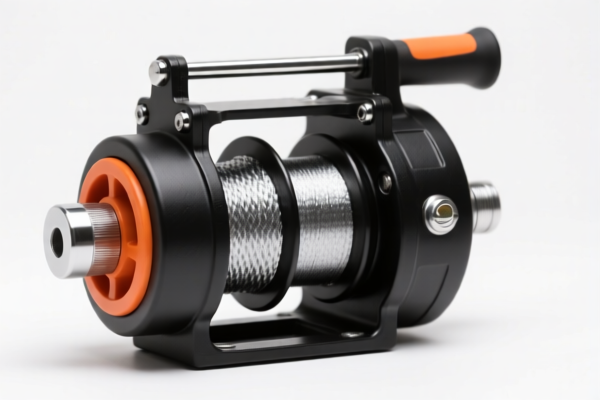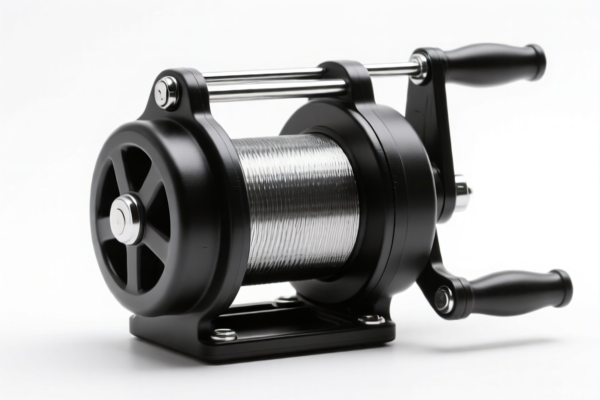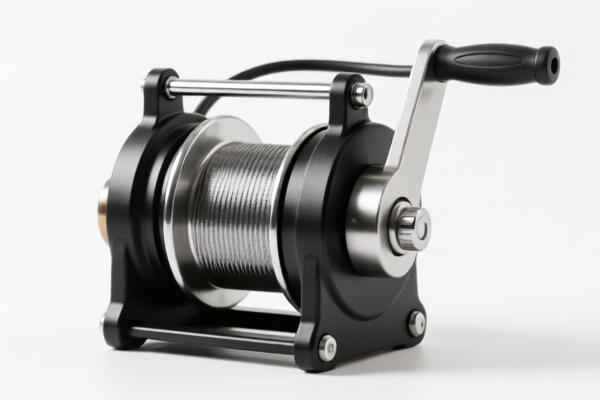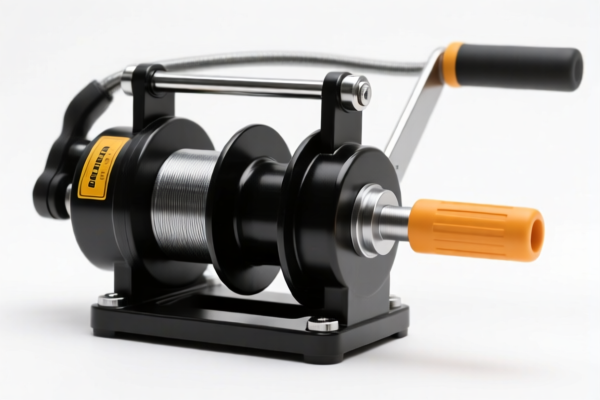Found 12 matching results
(CN → US)
| HS Code | Official Doc | Tariff Rate | Origin | Destination | Effective Date |
|---|---|---|---|---|---|
| 8425310100 | Doc | 55.0% | CN | US | 2025-05-12 |
| 8425390100 | Doc | 55.0% | CN | US | 2025-05-12 |
| 8431499005 | Doc | 80.0% | CN | US | 2025-05-12 |
| 8431499005 | Doc | 80.0% | CN | US | 2025-05-12 |
| 8487900080 | Doc | 83.9% | CN | US | 2025-05-12 |
| 8487900040 | Doc | 58.9% | CN | US | 2025-05-12 |
| 7308903000 | Doc | 80.0% | CN | US | 2025-05-12 |
| 7308906000 | Doc | 80.0% | CN | US | 2025-05-12 |
| 9406900190 | Doc | 82.9% | CN | US | 2025-05-12 |
| 9406900130 | Doc | 82.9% | CN | US | 2025-05-12 |
| 7326908688 | Doc | 82.9% | CN | US | 2025-05-12 |
| 7326901000 | Doc | 80.0% | CN | US | 2025-05-12 |




Winch Bracket
A winch bracket is a mounting component designed to securely attach a winch to a vehicle or stationary structure. They are critical for utilizing a winch's pulling power effectively and safely.
Material
Winch brackets are commonly manufactured from:
- Steel: The most prevalent material due to its high strength and durability. Often powder-coated or galvanized for corrosion resistance. Different grades of steel (e.g., mild steel, high-strength alloy steel) are used depending on the winch's capacity and intended application.
- Aluminum: Used in applications where weight reduction is a priority, though generally less strong than steel. Often found in off-road vehicles and recovery equipment.
- Cast Iron: Less common, typically for stationary winches due to its weight and lower ductility.
Purpose
The primary purpose of a winch bracket is to provide a robust and stable mounting point for a winch. This ensures:
- Secure Attachment: Prevents the winch from detaching during operation, which could lead to dangerous situations.
- Load Distribution: Distributes the pulling force of the winch evenly across the vehicle's frame or structure, minimizing stress and potential damage.
- Proper Alignment: Positions the winch for optimal cable routing and pulling angle.
Function
Winch brackets function by:
- Bolting/Welding to Structure: They are typically bolted directly to the vehicle's frame, bull bar, or other reinforced areas. Some brackets are designed to be welded for a more permanent and stronger attachment.
- Providing a Platform: They offer a flat surface with mounting holes for securing the winch body.
- Incorporating Fairlead Mounts: Many brackets include integrated mounts for a fairlead, which guides the winch cable and prevents it from binding or tangling.
- Offering Recovery Points: Some brackets incorporate additional recovery points (shackle mounts) for other recovery accessories.
Usage Scenarios
- Off-Road Vehicles: Used extensively in Jeeps, trucks, and SUVs for self-recovery in challenging terrain, pulling obstacles, and assisting other vehicles.
- Trucks & Towing: Integrated into the vehicle's front end for towing and recovery operations.
- ATVs & UTVs: Smaller brackets are used to mount winches for light-duty recovery and trail clearing.
- Marine Applications: Used on boats and docks for anchoring, lifting, and towing.
- Industrial Applications: Used in various industrial settings for lifting, pulling, and positioning heavy objects.
Common Types
- Standard/Universal Brackets: Designed to fit a range of winch sizes and vehicle types, often requiring minor modifications for a perfect fit.
- Vehicle-Specific Brackets: Custom-designed to fit a particular vehicle model, offering a more precise and secure mounting solution.
- Hidden/Tucked Brackets: Designed to be concealed when the winch is not in use, offering a cleaner aesthetic.
- Heavy-Duty Brackets: Reinforced brackets designed for winches with higher pulling capacities.
- Stubby Brackets: Compact brackets designed for vehicles with limited space.
- Plate Brackets: Simple flat steel plates with mounting holes, often used for custom installations.
Based on the provided information, winch brackets fall under several potential classifications, depending on the specific material and application. Here's a breakdown of relevant HS codes:
- 8425310100: This code covers Pulley tackle and hoists other than skip hoists; winches and capstans; jacks: Winches; capstans: Powered by electric motor. If the winch bracket is an integral part of a winch powered by an electric motor, this code may be applicable. The total tax rate is 55.0%, comprising a 0.0% base tariff and a 25.0% additional tariff, increasing to 30.0% after April 2, 2025.
- 8425390100: This code covers Pulley tackle and hoists other than skip hoists; winches and capstans; jacks: Winches; capstans: Other. If the winch bracket is part of a winch not powered by an electric motor, this code applies. The total tax rate is also 55.0%, with a 0.0% base tariff and a 25.0% additional tariff, increasing to 30.0% after April 2, 2025.
- 7326908688: This code covers Other articles of iron or steel: Other: Other: Other: Other Other. If the winch bracket is solely made of iron or steel and doesn't fall under any other specific category, this code may be suitable. The total tax rate is 82.9%, consisting of a 2.9% base tariff, a 25.0% additional tariff, and a further 30.0% after April 2, 2025, plus a 25% additional tariff on steel products.
- 7308903000: This code covers Structures (excluding prefabricated buildings of heading 9406) and parts of structures (for example, bridges and bridge sections, lock gates, towers, lattice masts, roofs, roofing frameworks, doors and windows and their frames and thresholds for doors, shutters, balustrades, pillars and columns) of iron or steel; plates, rods, angles, shapes, sections, tubes and the like, prepared for use in structures, of iron or steel: Other: Columns, pillars, posts, beams, girders and similar structural units: Not in part of alloy steel. If the bracket is a structural component made of iron or steel (not alloy steel), this code could apply. The total tax rate is 80.0%, with a 0.0% base tariff, a 25.0% additional tariff, and a 25% additional tariff on steel products, increasing to 30.0% after April 2, 2025.
Important Considerations:
- Material Verification: For HS codes 7326908688 and 7308903000, verifying the material composition (specifically, whether it is iron or steel and if it contains alloy steel) is crucial.
- Function and Application: The specific function of the bracket and its application within the winch system will determine the most accurate HS code. If the bracket is an integral part of a powered winch, codes 8425310100 or 8425390100 are more likely to be appropriate.
- Additional Tariffs on Steel: HS codes 7326908688 and 7308903000 are subject to an additional 25% tariff on steel products.
Customer Reviews
No reviews yet.